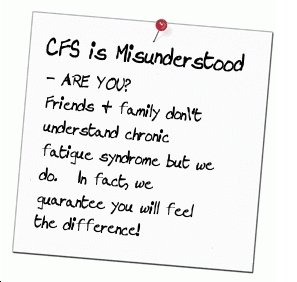Dental Extractions
Dental extractions are among the easiest and best ways to get relief from a toothache. As the name implies, an extraction involves removing the tooth. If your pulp has died or the tooth has become severely infected, extraction may be your only route. Depending on the tooth, the dentist can do either a simple extraction or a more complicated extraction.
Simple extractions
These types of extractions, the simple extractions, are the most common in the world of dentistry. During a simple extraction, the dentist will remove the tooth by loosening the gums around the socket. He will grasp the tooth with forceps and move it from side to side until he can get it to break free from the socket and remove it.
The teeth are held to the bone by a thin piece of soft tissue. This soft tissue is known as the periodontal ligament. The dentist uses this tissue to remove the tooth. As you may know, the key to removing a tooth by pulling is to rock the tooth from side to side, which enlarges the socket in the bone and breaks the ligament that helps to hold the tooth in place.
Simple extractions, also known as pulling, don’t take long to complete. The dentist will numb you before he starts, so you won’t feel anything. Depending on the tooth, pulling it will normally take just a few minutes after you have been numbed with local anesthesia. Once completed, the dentist will place gauze in your mouth to bite on and you will be free to go.
Complex extractions
As we all know, not all teeth can be pulled. Sometimes, the tooth will be so decayed or broken off that the dentist will have nothing to grasp above the gum line. In cases such as this, the dentist will need to perform a more complicated extraction, which involves getting the tooth out below the gum line, as he won’t be able to use the standard method of pulling and rocking.
These types of extractions involve the dentist making an incision in the gums around the tooth, and raising the flap he cut to expose the bone. Once he has exposed the bone, there may be enough of the tooth exposed for the dentist to grab and remove it using the pulling method. In most cases however, the tooth will be embedded in the bone, meaning that the dentist will be unable to pull the tooth out.
With teeth that are imbedded in the bone, the dentist will need to use a drill and chip away at the bone to get to the tooth. This is known as cutting the tooth out, and happens to be very common with impacted teeth or teeth that are severely decayed. Once the dentist has cut his way to the tooth and removed it, he will sew back the flap of skin that he cut to get to the tooth. The flap of skin and the socket will heal over time - providing you take care of it.
Dental extractions are very common, and happen on a daily basis for dentists. Oral surgeons are the best for extractions, as extractions are all they do. All types of extractions, even the most complex, will take time to heal. As long as you take care of your extraction site, you’ll avoid common pitfalls such as dry sockets and other mishaps. Although they can be painful once the procedure is over - you’ll eventually start to feel a lot better once you have had the tooth or teeth removed.
the A to Z directory of dealing with Health Problems & Self Care Strategies for natural remedies to your health issues.

Subscribe to get your weekly "Health Success Magazine" with a new complete & comprehensive Health Report in every edition!

to “Your Health Success”
our weekly F’R’E’E’ Newsletter
If you would like a free no-obligation private consultation or to contact Warren Tattersall for more information, please click here >> Contact Us

Click the books above to learn more about how we treat CFS naturally, to get your life back!
You will find many assorted Health Reports available for download free to you on this website!
Our free Health Success Reports are each available for you to download when you subscribe to receive them and their 7 part eCourse.
You can unsubscribe at any time, but we are sure you will want to receive all the email lessons of these informative ecourses.
Read more HERE to select the REPORT subjects of most interest (or concern) to you.









